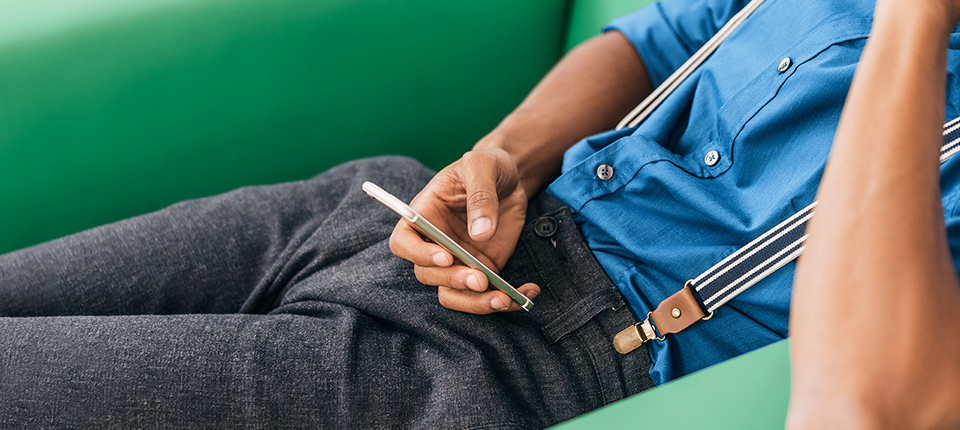There is more technology available to individuals with diabetes than ever before. Every year, researchers develop advanced glucose monitoring devices with the ability to alert users to unusual glucose levels and send data to physicians, among other functions.
It is an exciting time for diabetes management but the information can also be overwhelming — particularly for friends and loved ones of people living with diabetes trying to learn more. Here's a look at some of the most commonly used terms around continuous glucose monitoring (CGM) as well as their relevance to the daily lives of those with diabetes.
Alarms
Diabetes monitoring devices like the FreeStyle Libre 2 system can beep, vibrate or use other alerts to let users know about having low or high glucose levels. This tells the person that they need to take action to bring their glucose levels back into range.
Calibration
Some continuous glucose monitoring devices require daily or twice-daily calibration to deliver accurate results while others don't require any calibration. If they require calibration, the person will need to do a traditional fingerstick with a blood sample to keep the device on track with the interstitial fluid glucose levels. The FreeStyle Libre system does not need that kind of regular calibration.
Data-Sharing
One of the primary benefits of continuous glucose monitoring is the abundance of data. Having so much of it can help users (and their loved ones) make more informed decisions. Many mobile apps can create detailed reports with glucose data that a user can share with caregivers. Caregivers can also access it through apps designed for family and friends of those living with diabetes. The user can even share the information with their diabetes care team for remote monitoring.
Trending
When a person with diabetes sees an arrow indicating their glucose levels are trending up or down, they can make important decisions about what they do next. If they are about to hit the gym, make a long drive home or get lunch with a friend, they can have a plan in place to keep their glucose levels in range before it gets too low or spikes too high.
Sensors
Continuous diabetes monitoring devices rely on sensors that are worn on the body. There are many different types available, ranging in shape and size. FreeStyle Libre's sensor, for example, is worn on the back of the upper arm for up to 14 days and eliminates routine fingersticks.1
Some CGM sensors communicate wirelessly to the mobile app on the person's cell phone while others need to be swiped or scanned to deliver a reading.2
Time in Glucose Range
One of the best ways that doctors — and an individual's diabetes care team — can determine the amount of control a person has over their diabetes is to look at the percentage of time they spend in their "time in optimal glucose range." This range is set by the physician and represents the ideal range of the patient's glucose levels.
Diabetes management is a daily responsibility for people with the condition and their caretakers. These tools can make it easier to successfully manage their glucose so they can focus on life beyond diabetes.
1Fingersticks are required if your glucose alarms and readings do not match symptoms or when you see Check Blood Glucose symbol during the first 12 hours.
2The FreeStyle LibreLink app is only compatible with certain mobile devices and operating systems. Please check our compatibility guide for more information about device compatibility before using the app.
